The Ultimate Guide to Black Coral Elephant Ear
Introduction
If you’re a plant enthusiast like me, you know that some plants simply stand out in any garden or indoor space. One such plant is the black coral elephant ear. This striking beauty, with its large, dramatic leaves and unique coloring, can elevate the aesthetic of any setting. But, as with all plants, it requires specific care to thrive. In this comprehensive guide, we’ll delve into everything you need to know about this fascinating plant, from its origins to its maintenance, ensuring you have all the tools to make your black coral elephant ear flourish.
What is Black Coral Elephant Ear?
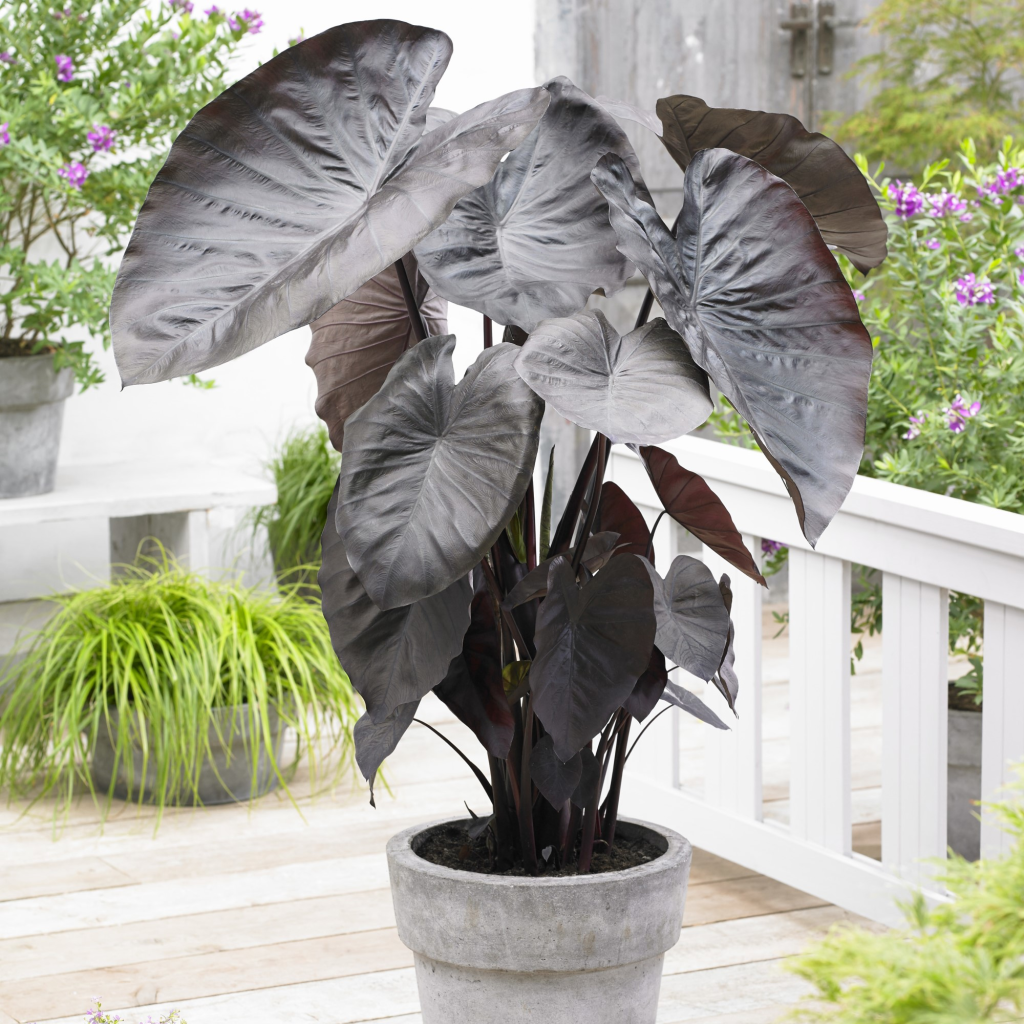
The black coral elephant ear, scientifically known as Colocasia esculenta ‘Black Coral,’ is a tropical perennial known for its impressive foliage. Its leaves can grow up to 3 feet long and have a striking dark green to almost black coloration, creating a bold statement in any garden. This plant belongs to the Araceae family, commonly known as the aroid family, which includes other well-known species like philodendrons and monsteras.
The black coral elephant ear is native to Southeast Asia and is commonly found in wet, tropical environments. It thrives in warm climates but can also be grown indoors, making it a versatile choice for plant lovers. If you’re curious about the various types of elephant ears, you’ll find that each variety has unique characteristics, but the black coral is especially loved for its dramatic visual appeal.
The Plant Family
The black coral elephant ear is part of a larger family of plants known for their large, attractive leaves. The Araceae family includes several popular species, such as:
- Colocasia: This includes various elephant ear varieties, all characterized by large, heart-shaped leaves.
- Alocasia: Known for its more elongated and arrow-shaped leaves, Alocasia plants have their own unique charm.
- Philodendron: These are popular houseplants with stunning foliage and growth patterns.
Understanding the black coral elephant ear’s place within this family helps you appreciate its unique features. All these plants share similar care requirements, making it easier to transition from one type to another if you’re an avid collector.
How to Grow Colocasia ‘Black Coral’ From a Tuber/Container
Growing a black coral elephant ear is a rewarding experience, and you can start either from a tuber or a container.
Starting from a Tuber
- Choose a Healthy Tuber: Look for firm, plump tubers with no signs of rot.
- Prepare the Soil: Use well-draining potting soil rich in organic matter. If you’re planting outdoors, ensure your garden soil is amended with compost.
- Planting: Dig a hole about 4-6 inches deep. Place the tuber in the hole with the pointed end facing up and cover it with soil.
- Water: Water thoroughly to help settle the soil around the tuber.
Starting from a Container
- Select a Pot: Choose a container with drainage holes that’s at least 12 inches deep.
- Fill with Soil: Use a potting mix designed for tropical plants.
- Planting: Plant the tuber as described above.
- Positioning: Place the container in a spot with bright, indirect sunlight, as the black coral elephant ear prefers filtered light.
Regardless of the method you choose, ensure the plant has enough space to grow. The black coral elephant ear can spread out significantly, so consider its final size when selecting a location.
How Often to Water ?
Watering is crucial for the health of your plant. Here are some guidelines to follow:
- Frequency: Water your plant when the top inch of soil feels dry. This usually translates to watering once or twice a week, depending on the climate and conditions.
- Technique: Ensure you water deeply, allowing the water to soak through the root zone. Avoid letting the plant sit in water, as this can cause root rot.
- Humidity: The plant thrives in humid environments. If you’re growing it indoors, consider placing a humidifier nearby or regularly misting the leaves to increase humidity.
How to Fertilize Black Coral Elephant Ear
Fertilizing is vital for promoting robust growth and vibrant leaves. Here’s how to do it effectively:
- Type of Fertilizer: Use a balanced liquid fertilizer with equal parts nitrogen, phosphorus, and potassium (like a 10-10-10 formula). Organic options, such as fish emulsion or worm castings, can also be beneficial.
- Frequency: Fertilize your plant every 4-6 weeks during the growing season (spring through summer). In fall and winter, reduce or stop fertilization as the plant enters dormancy.
- Application: Dilute the fertilizer according to the manufacturer’s instructions and apply it to the soil around the base of the plant, avoiding direct contact with the leaves.
To achieve optimal results, consider combining fertilization with techniques like pruning lavender in spring to enhance the overall health of your garden.
Growing & Care Tips
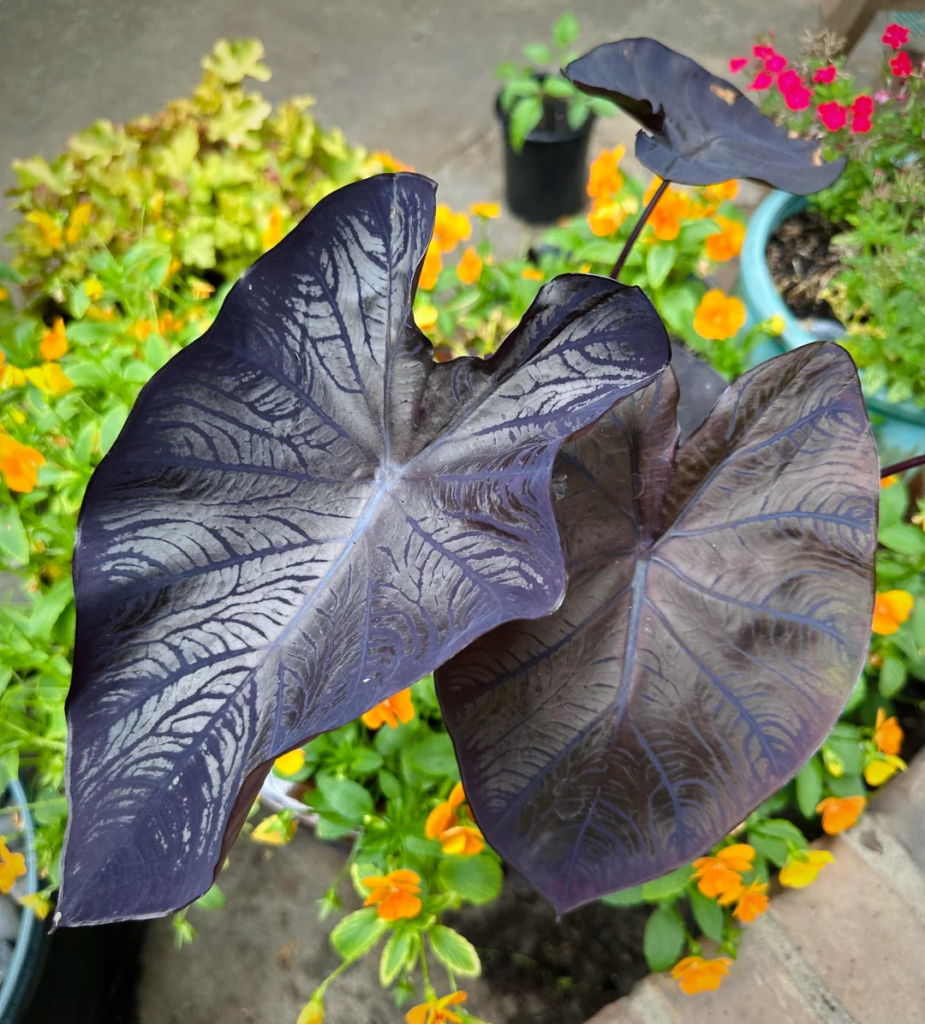
Taking care of your black coral elephant ear requires attention and dedication. Here are some essential tips:
- Light: While the plant enjoys bright, indirect sunlight, too much direct light can scorch the leaves. Aim for dappled sunlight or partial shade.
- Temperature: This tropical plant thrives in temperatures between 65°F to 85°F. Protect it from frost, as it can damage the leaves.
- Soil: Ensure the soil is rich in organic matter and drains well. A mix of potting soil and compost works well.
- Mulching: If planted outdoors, applying a layer of mulch can help retain soil moisture and regulate temperature.
Additional Care: Pruning and Repotting
Regular maintenance is key to keeping your plant healthy. Pruning can help manage its size and encourage bushier growth. Use sharp, clean shears to trim any yellowing leaves, making way for new growth.
Repot your black coral elephant ear every couple of years to refresh the soil and provide more room for growth. Use a slightly larger pot and fresh potting mix during repotting.
How to Overwinter Colocasia Black Coral
If you live in an area where temperatures drop significantly during winter, you’ll need to take special care of your black coral elephant ear to ensure it survives. Here’s how:
- Indoors for the Winter: If planted in a container, bring it inside before the first frost.
- Cut Back Leaves: Trim back the foliage to about 6 inches above the soil level. This encourages new growth come spring.
- Storage: For tubers left in the ground, cover them with a thick layer of mulch to insulate them against freezing temperatures. If they are in a container, you may want to remove them and store them in a cool, dry place.
After Care for Black Coral Elephant Ear
After you’ve successfully planted and cared for your black coral elephant ear, ongoing maintenance will ensure its continued health and vibrancy.
- Regular Inspections: Check the leaves for signs of pests or diseases. Early detection is key to effective treatment.
- Watering Schedule: Stick to your watering routine, adjusting based on seasonal changes and humidity levels.
- Cleaning Leaves: Dust can accumulate on the large leaves, reducing their ability to photosynthesize. Gently wipe the leaves with a damp cloth periodically to keep them clean.
Pests and Diseases
Like all plants, the black coral elephant ear can be susceptible to pests and diseases. Here are some common issues and how to address them:
- Common Pests: Watch out for aphids, spider mites, and mealybugs. If you notice these pests, treat them with insecticidal soap or neem oil.
- Leaf Spot: This fungal disease appears as brown spots on the leaves. Improve air circulation and ensure your plant is not overwatered to prevent this.
- Root Rot: Caused by overwatering, root rot can quickly kill your plant. Ensure your pot has adequate drainage, and allow the soil to dry slightly between waterings.
Benefits of Black Coral Elephant Ear
The black coral elephant ear is not just a visual delight; it also offers several benefits for both your garden and your home. One significant advantage is its ability to improve air quality. Like many tropical plants, this variety actively filters toxins from the air, creating a healthier indoor environment. Additionally, its large, striking leaves can provide shade for smaller plants in your garden, promoting a diverse ecosystem. They also act as a natural windbreaker, protecting more delicate plants from harsh winds. When planted in clusters, black coral elephant ear can create a lush, tropical ambiance that can transform any space into an exotic retreat. These plants are also great for attracting pollinators, adding life and activity to your garden. Whether you’re an experienced gardener or a beginner, incorporating this stunning plant can elevate your green space’s beauty and functionality.
Conclusion: Embrace the Black Coral Elephant Ear
The black coral elephant ear is more than just a plant; it’s a statement piece that adds depth and drama to any garden or indoor space. With its impressive leaves and unique coloration, it’s no wonder why so many gardeners are enamored with this tropical beauty. By following the steps outlined in this guide—from planting and watering to overwintering and aftercare—you can cultivate a healthy and thriving black coral elephant ear that will be the envy of your friends and family.
So, whether you’re a seasoned plant parent or just starting your gardening journey, don’t hesitate to embrace the elegance of the black coral elephant ear. With a little patience and care, you’ll find this plant to be a rewarding addition to your collection. For more gardening tips, check out our guides on how to hand pollinate squash and how to harvest and store onions. Happy gardening!


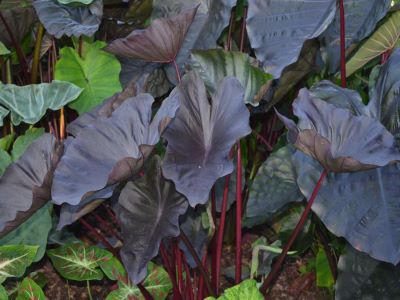
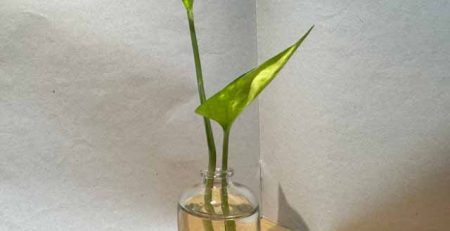
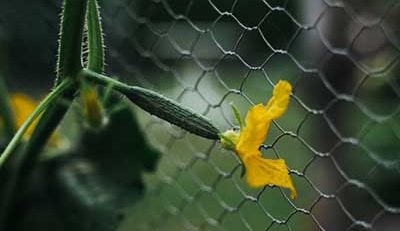
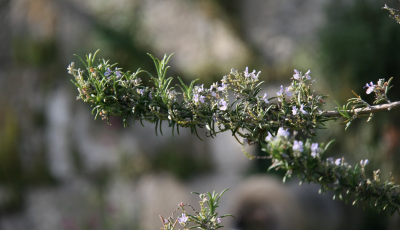
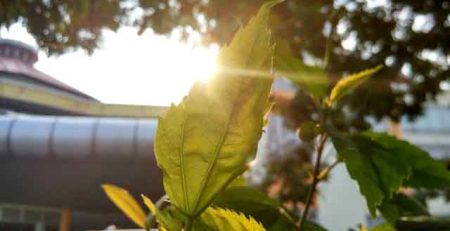

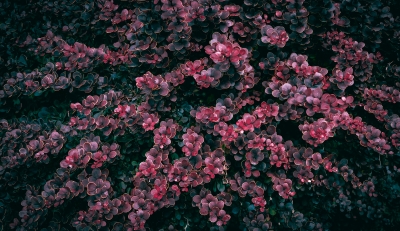

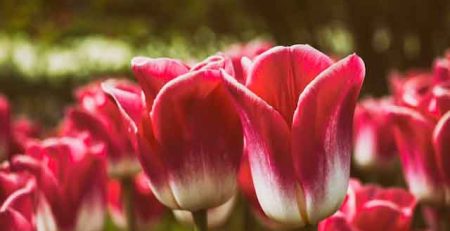
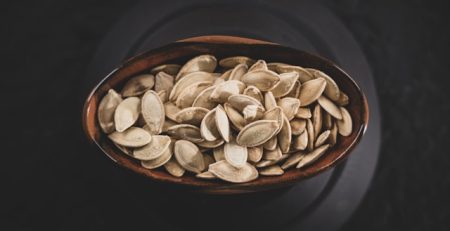

Leave a Reply